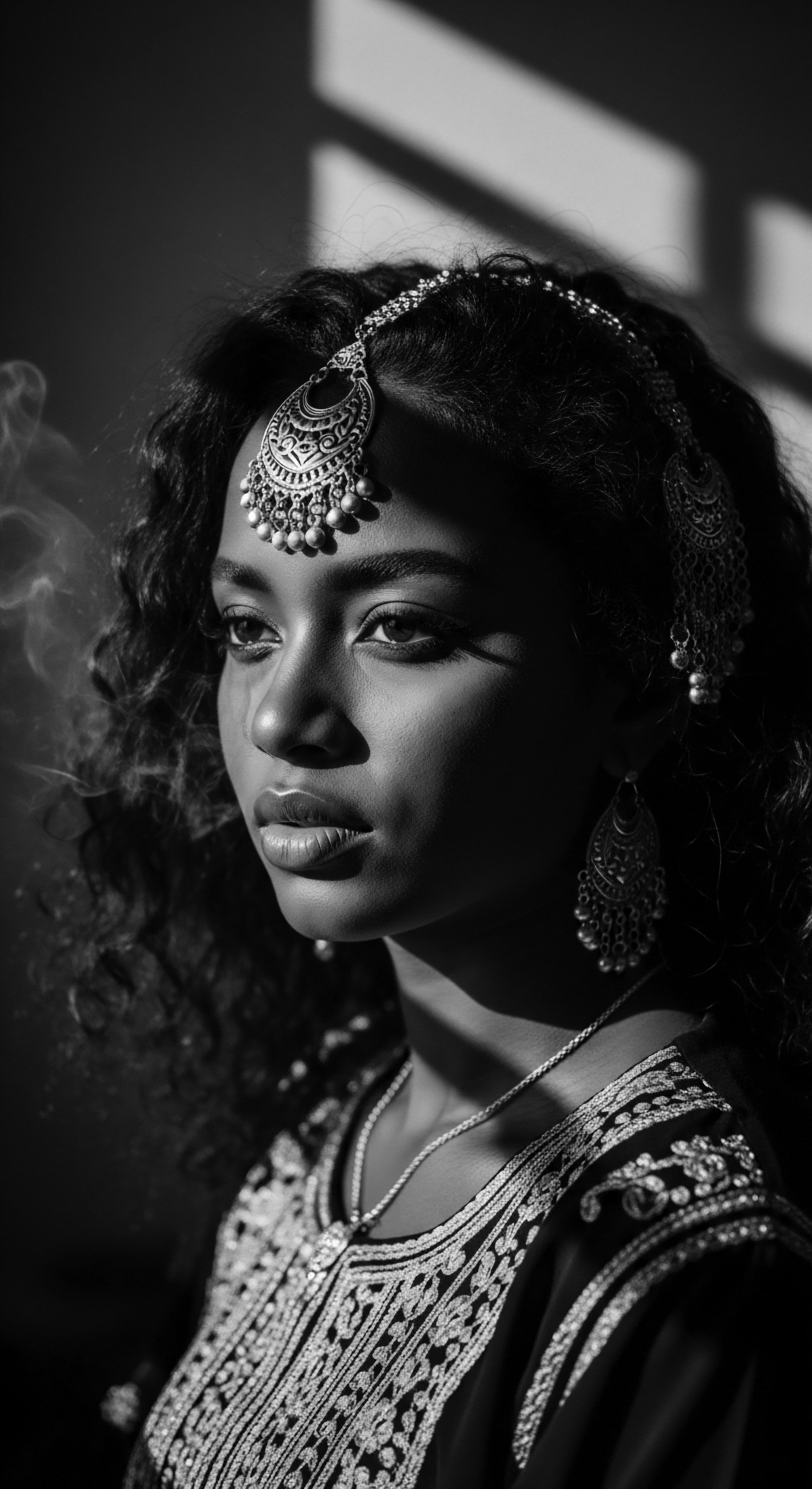
Can historical cleansing ingredients explain textured hair’s moisture needs?
Historical cleansing ingredients, rooted in heritage, reveal how gentle, natural formulations supported textured hair’s moisture needs by nourishing while purifying.
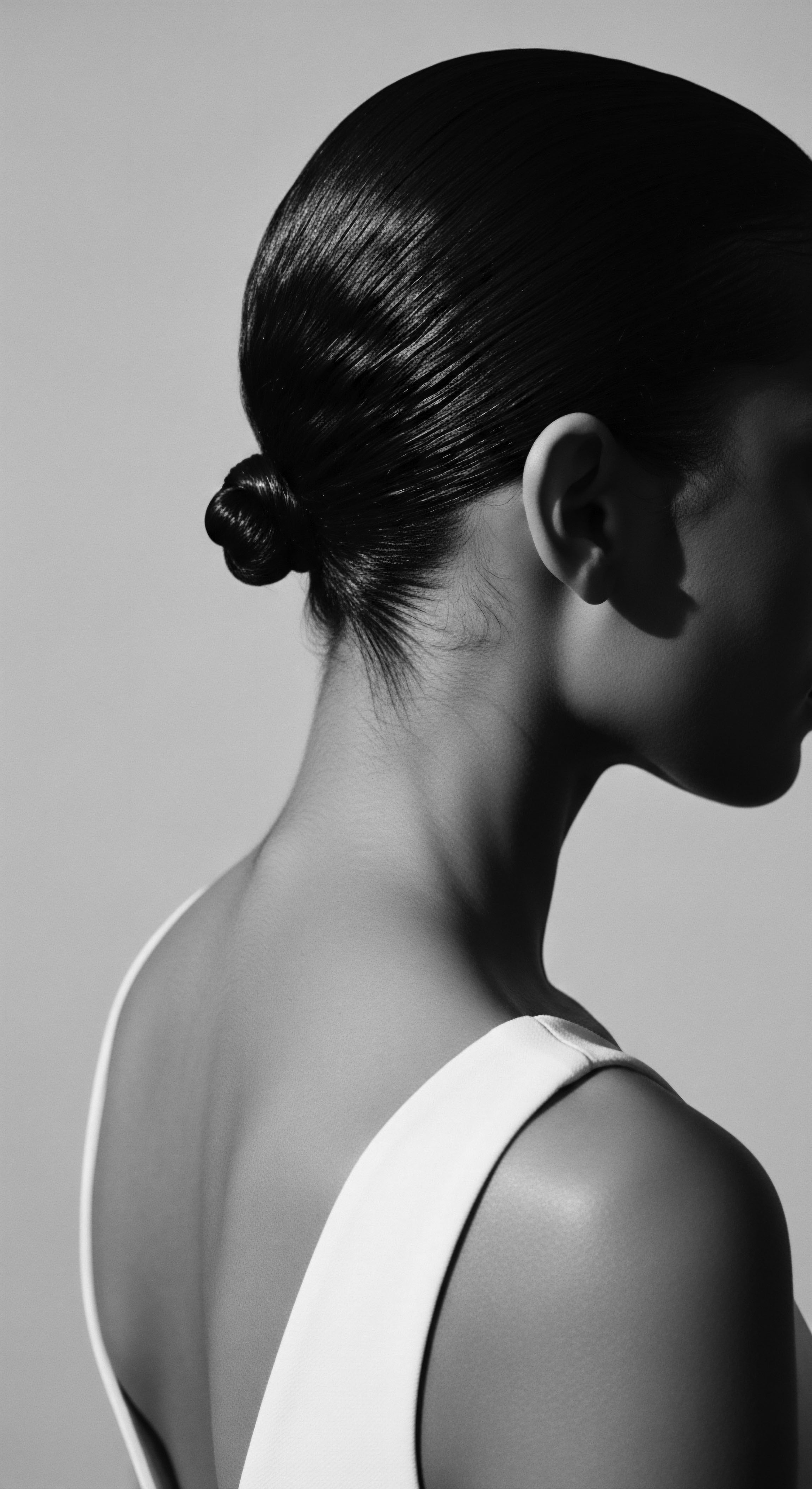
How does textured hair’s structure affect its need for moisture?
Textured hair’s unique, often coiled structure creates natural points of moisture escape, making hydration a constant, ancestral imperative.

Why do textured strands require more moisture?
Textured hair's distinct form, a gift of heritage, naturally releases moisture faster, necessitating a deeply rooted need for constant hydration.

What historical context explains textured hair’s moisture needs?
Textured hair's moisture needs are rooted in historical anatomy, climate adaptations, and ancestral care practices that preserved hydration and cultural identity.

How did ancestry shape textured hair’s moisture needs?
Ancestry shaped textured hair's moisture needs through inherited structure and climatic adaptation, driving generations to develop protective hydration rituals.

How does textured hair’s structure relate to its moisture needs?
Textured hair's coiled structure hinders natural oil distribution, demanding external moisture—a need historically met through ancestral care traditions.

How does textured hair’s structure affect its ancestral need for moisture?
Textured hair’s unique structure demands ancestral moisture practices for its inherent porosity and the proper coating of natural oils.
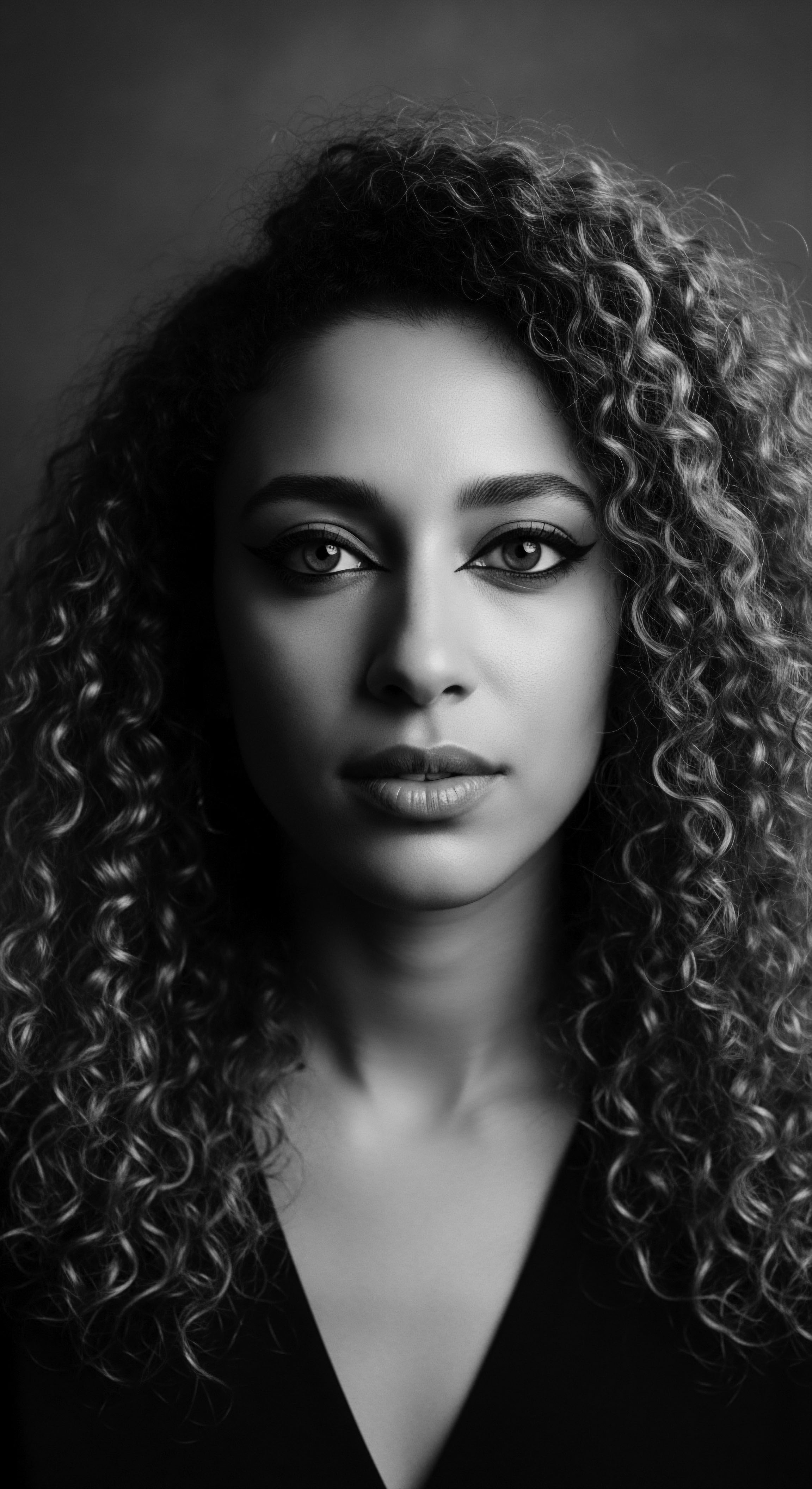
Why does textured hair require more moisture?
Textured hair requires more moisture due to its unique coiled structure hindering natural oil distribution, and its ancestral heritage of adapting to arid climates.

What is the biological basis for textured hair’s specific needs?
Textured hair's distinct elliptical follicle and raised cuticles dictate its heightened need for moisture, gentle handling, and protective care, rooted in inherited biological traits.

What does hair porosity reveal about textured hair’s moisture needs?
Hair porosity reveals how textured hair absorbs and retains moisture, deeply informing care practices rooted in ancestral wisdom and heritage.
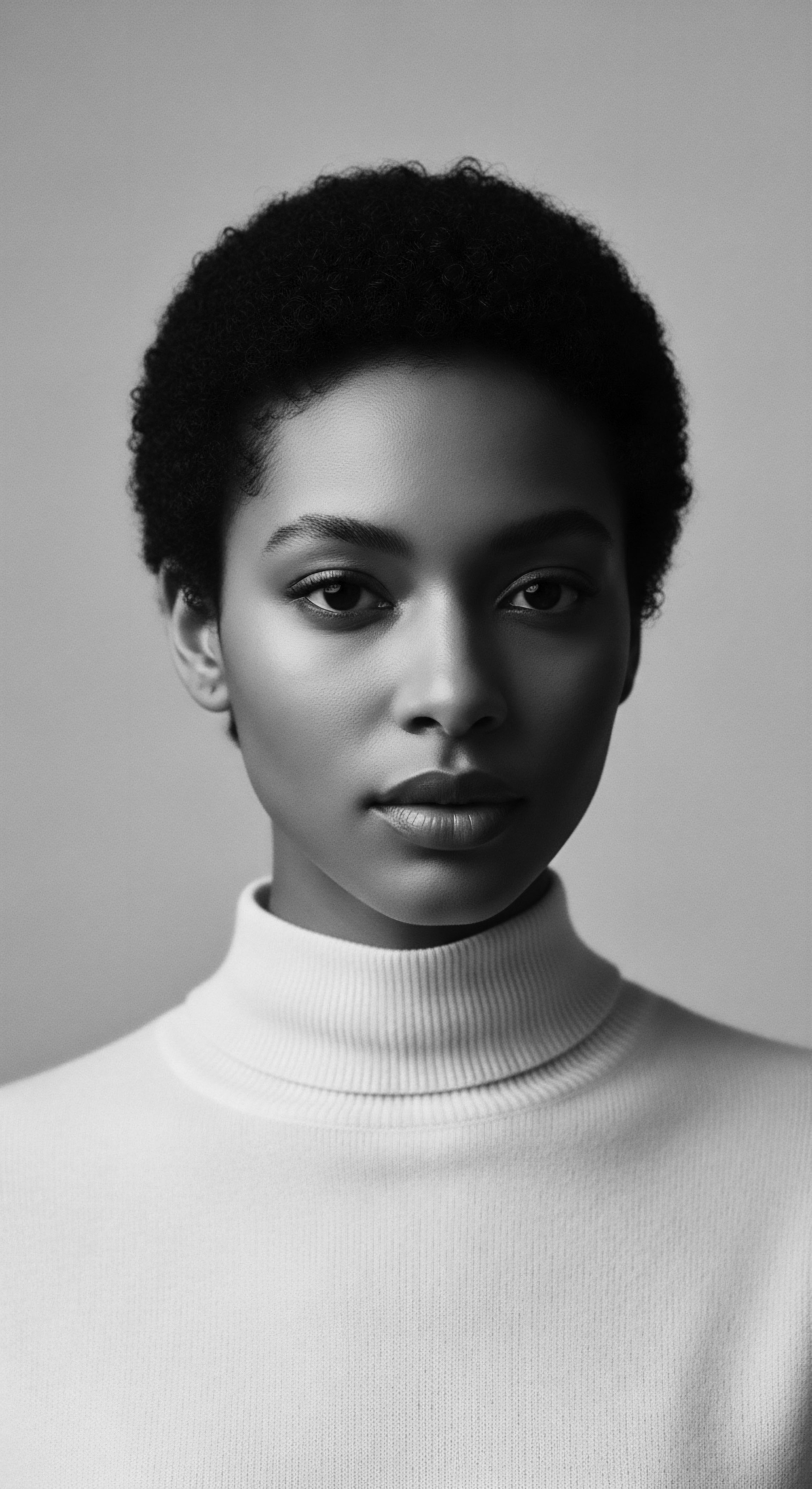
Why did textured hair evolve with specific moisture needs?
Textured hair's distinct moisture needs are rooted in its evolutionary adaptation to harsh climates and its coiled structure impeding natural oil distribution, leading to a heritage of intentional care.

What ancestral wisdom informs textured hair’s unique moisture needs?
Ancestral wisdom recognized textured hair's natural thirst, leading to heritage practices prioritizing layered moisture and protective styling.

How did traditional ingredients aid textured hair’s moisture needs?
Traditional ingredients provided vital moisture for textured hair by leveraging ancestral wisdom, deeply connecting to heritage.

What causes textured hair’s moisture needs?
Textured hair’s unique coil structure naturally impedes oil distribution, requiring deep hydration and ancestral care to maintain its heritage-driven moisture balance.

What is the scientific basis for textured hair’s moisture needs?
Textured hair’s unique coiled structure and lifted cuticle necessitate consistent moisture to honor its ancestral hydration needs.

What traditional methods supported textured hair’s moisture needs?
Traditional methods for textured hair's moisture needs centered on ancestral practices and natural ingredients to seal in hydration and protect strands.
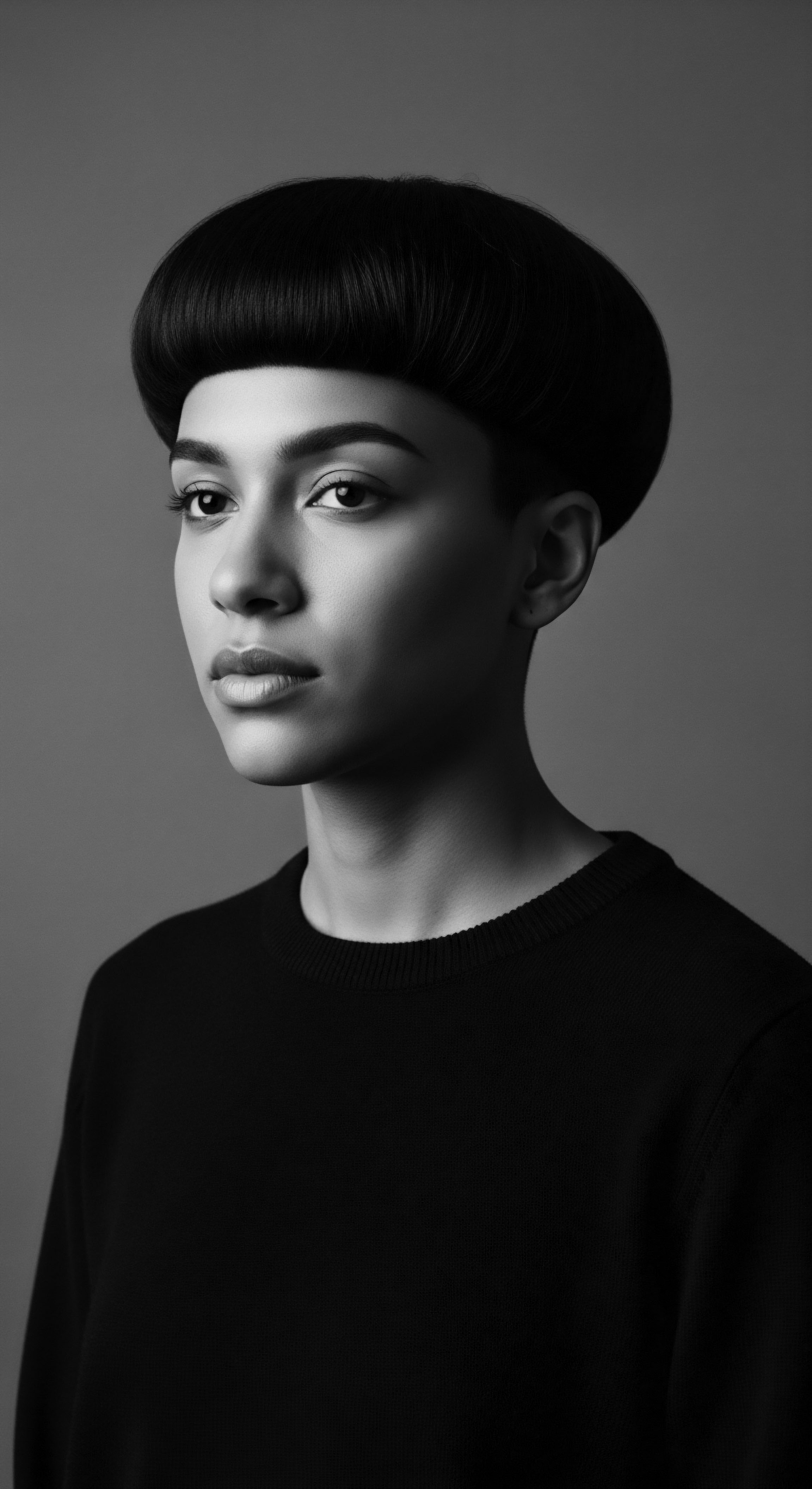
What is the ancestral significance of textured hair’s moisture needs?
The ancestral significance of textured hair's moisture needs lies in its unique biological structure, requiring consistent hydration for health and cultural expression.

What ancestral practices show a deep understanding of textured hair’s moisture needs?
Ancestral practices deeply understood textured hair’s moisture needs through persistent use of natural emollients, humectants, and protective styling.

Can ancient hair oiling techniques address modern moisture needs in textured hair?
Ancient hair oiling offers effective, heritage-rooted moisture solutions for textured hair by mirroring its unique needs and preserving its vitality.

How do historical practices explain oiling textured hair’s moisture needs?
Historical practices addressed textured hair's moisture needs by intuitively applying natural oils and butters to seal hydration and protect strands, a heritage of care.

How did colonialism impact the understanding of textured hair’s moisture needs?
Colonialism distorted textured hair's moisture needs by devaluing ancestral practices and imposing European beauty standards.

What historical care methods address textured hair’s moisture needs?
Historical care methods for textured hair focused on plant-based oils, rich butters, and protective styles to seal in vital moisture.

